|
The “new norm” for socializing and engaging with friends and family for the past seven months has mainly been conducted online. This is also true for meeting with winemakers, participating in virtual wine tastings and experiencing life abroad while sitting in my living room. Recently, I took part in a virtual wine tasting and food pairing hosted by Italian winemaker Sandro Bottega, co-owner of Bottega SpA headquartered in Bibano, Treviso in the Veneto region of northern Italy. The company produces Prosecco DOC and grappa here. In addition, they have another winery in Conegliano for the production of Prosecco DOCG. Bottega also manages wineries in Valpolicella and Montalcino. Sandro is third-generation of this family-owned company founded almost 40 years ago by his father, Aldo Bottega, a Master Distiller. What began with the family’s forefathers in the 17th century through the 1920s working and cultivating the vines as tenant farmers, landowners and wine traders, eventually evolved over time with Aldo Bottega following his passion for making grappa. In 1977, Aldo established his own distillery, Distilleria Bottega. After Aldo’s passing in 1983, his son Sandro became the company director and together with his siblings Barbara and Stefano, the company has grown to include the production of sparkling and still wines and liqueurs. In 1992, Bottega released its first sparkling wine. The company manages several different brands, among which are Bottega sparkling wines, Alexander Grappa and Accademia. Bottega’s motto is “Fatto A Mano”, which means ‘handmade’. Their mission is to work and achieve the highest levels of quality, design and sustainability. Our wine tasting for the afternoon included sparkling wines, a chocolate liqueur and gin. The food was provided by igourmet.com All of the bottles are beautifully designed and made of hand-blown Venetian glass in Bottega’s glass factory. I asked Sandro what his motivation was for using Venetian glass for his products. Sandro said, “It is important to make a completely original product from the wine or grappa to the packaging in an expression of our territory and of our culture. Another important reason I use this glass is that I like it! In my company, everything I do is not only because it is a business, but it has to be first and foremost because I like it.” Academia Prosecco Rainbow Collection is a brand that celebrates the art of Venetian glassmaking and the city’s festive carnival atmosphere. Each bottle of this collection contains Prosecco DOC. There are eight colors to choose from (black and white bottles not shown in photo) and can be combined to “create a rainbow of emotions”. Mix and match to celebrate specific holidays or events. They make great gifts for the upcoming holidays! Prosecco Spumante DOC Brut 100% Glera grapes are hand-harvested from manually maintained and sustainable vineyards in Treviso Plains. The wine is produced using the Martinotti (Charmat, tank) method. The color of this sparkling wine is pale lemon with lovely aromas of floral, apples and citrus. It is fresh and lively with flavors of apple, pear, pink grapefruit and a touch of floral. It has a creamy mouthfeel, fine bubbles and apples lingering on the finish. This wine was paired with a variety of cheeses, cold cuts, olives and pesto crackers. Alcohol: 11% SRP: $17.99 Il Vino dell’Amore Petalo Moscato Spumante Dolce 100% Moscato grapes are hand-harvested from vineyards in the Euganean Hills of Veneto. These hills contain volcanic soil, rich in potassium and alkaline soil that contributes good acidity, minerality and higher sugar content. The wine is produced using the Martinotti (Charmat, tank) method. The color is golden with a consistent and fine perlage. Classic aromas of apple, peach and rose mingle with fruity notes. On the palate, this refreshing sparkling wine offers honeysuckle, apricot, white stone fruit and a touch of minerality, balanced nicely with good acidity and sugar. It was paired with aged cheese, Gouda, pumpkin butter and water crackers. Simply divine! Alcohol: 6.5% SRP: $15.99 Gianduia Chocolate Cream Liqueur Gianduia chocolate was created in Piedmont in 1806 and has a unique bouquet of cocoa and nuts. Gianduia Bottega is a unique liqueur made with Bottega’s premium Alexander grappa from the Veneto region and Gianduia Chocolate. Grappa is mixed with milk cream (sourced from Alpine cows that only eat grass) that is homogenized and filtered to remove the fats. It is then mixed with sugar, chocolate and hazelnut paste. Heavenly aromas of cocoa and nuts segue onto the palate for a creamy and most inviting experience. Rich hazelnut flavors and cocoa contribute to this decadent liqueur and is best served cold. Sandro likes to drink this neat. However, it can be poured over ice, served over ice cream, with fruit, in a cocktail, or in your coffee. This liqueur was paired with a pumpkin spice truffle bar, dark chocolate bar and Biscotti. Alcohol: 17% SRP: $24.99 Bacur Gin This dry gin is certainly eye-catching with its unique metallic copper bottle. Italy is one of the largest producers of juniper, especially around Tuscany. And considering it is the main ingredient in gin, it was a simple leap for Bottega to produce gin. The other ingredients are pure grain, water from the Italian Alps, sage leaves from the Veneto countryside and Sicilian lemons.
This gin has aromas of sage, juniper and citrus notes that segue onto the palate mingling with a hint of perfume and lemon zest. It is smooth and delicate. I consider this a sipping gin, but I’m sure that it will spice things up when added to cocktails. Alcohol: 40% SRP: $39.00 If you would like to learn more about the grapes, regions, territories and production methods mentioned in this story, please click on the topic of interest to the right of this page. Until next time… Cheers! Penina To leave a comment or if you have an inquiry, please contact me at [email protected] There are many styles of sparkling wine on the market, one of which is Frizzante. By definition “Frizzante” is a term used for semi-sparkling or slightly effervescent wine. This style of wine is made using the Charmat method. In the simplest of explanations, the wine undergoes secondary fermentation in stainless steel pressurized tanks, trapping the CO2 inside which makes the bubbles. Recently, I received three bottles of Mosketto Frizzante wine that are made with Moscato and Brachetto grapes. Moscato Bianco is a white, aromatic varietal indigenous to Italy and is widely planted throughout the country, but particularly in the Piedmont region. Due to its good acidity, this grape is suitable for sparkling wines. Moscato is known for its sweet flavors such as orange blossom, peaches, honeysuckle, lemon and light alcohol content. Brachetto grapes, which are indigenous to Piedmont, are purplish-blue with firm-fleshed berries that are full and dense and characterized by their high sugar content and powerful aromas. These aromas are provided by the terpenes found in the grape skins. The main terpene in Brachetto is called geraniol, which is associated with the scent of roses. The wines tend to be pleasantly sweet, fruity, light-bodied, low in alcohol and have soft tannins. MGM Mondo del Vino, founded in 1991 is the producer of the Mosketto brand. In 2005, they sold a large proportion of their shares to their management team, and in 2013, the company became part of the Mondodelvi S.p.A. group. The grapes for these wines are sourced from vineyards located on a hilly ridge that stretches from Acqui terme to Santo Stefano Belbo at an altitude between 250 and 400 meters above sea level. The soils range from light limestone marl to strong sandy components with differing microclimates, all of which contribute to the expressions of these native aromatic varieties. Mosketto Frizzante Bianco Made with Moscato grapes, this wine has aromas of floral, peaches and lemon. This is a sweet wine with notes of honeysuckle, pear, melon and orange blossom and nice acidity. Although this is a touch too sweet for my palate, it would be quite refreshing in a cocktail. Alcohol: 5% SRP: $12 Mosketto Frizzante Rosato This is a blend of Moscato and Brachetto grapes and is moderately sweet. A lovely bouquet of jasmine, white peach and honeysuckle segue onto the palate with cherry, raspberry and a hint of pineapple. Alcohol: 5.5% SRP: $12 Mosketto Frizzante Rosso This wine is made with Brachetto. Floral aromas blend with notes of red berries that segue onto the palate with raspberry, strawberry and rose petals. This is a refreshing wine that is moderately sweet. Alcohol: 5.5% SRP: $12 Enjoy these light-bodied, low-alcohol, and easy-sipping wines with desserts, spicy cuisine, and cheese or as a mixer in cocktails. For more information on these grapes, please click on the menu at right.
Until next time… Cheers! Penina To leave a comment or if you have an inquiry, please contact me at [email protected] As you may have gleaned by now, I am a fan of sparkling wine. Whether it’s toasting a special occasion or sitting home by the fire with a book, a glass of bubbly always lifts my spirits and is a welcome treat. Not long ago I visited the Piedmont region located in northwestern Italy. The focus of my trip was to re-acquaint my taste buds with the sparkling wines as well as the still wines of Asti. The Consortium of Asti and Moscato d’Asti, DOCG was our guide on this illuminating exploration. The Moscato Bianco grape (Moscato is the Italian word for Muscat) is making a big comeback in the USA and abroad and taking its rightful place once again among the many styles of sparkling wine available on the market. And I’m here to dispel the myth that it is just a sweet wine that should only be served at the dessert table. These are highly aromatic, light, refreshing, low alcohol wines that are fun to drink, but they are also very expressive, leaving one’s palate quite satisfied. Although Moscato Bianco is grown in every Italian region, it is mainly associated with Piedmont where it is believed to have its origins dating back to the 13th century as documented in the statues of the village of Canelli, a subzone in the province of Asti. Many historic wineries are located in Canelli that include Gancia, Coppo and Contratta. In fact, it was Carlo Gancia who in 1865 created Spumante Italiano, making it the birthplace of Asti Spumante. (Spumante means ‘sparkling wine’ in Italian.) Canelli and Santo Stefano Belbo were the most important production centers and from these towns, Moscato Bianco vines were shipped worldwide. The “Consorzio per la Tutela dell’ASTI’ (Consortium for the Protection of Asti wines) was formed in 1932 to protect, develop and promote Asti DOCG and Moscato d’Asti DOCG in Italy and worldwide. Asti DOCG and Moscato d’Asti DOCG are produced in 52 communes within Piedmont. Moscato Bianco vineyards span an area of about 9,800 hectares divided among 3,700 wineries and producers. Part of the focus of the Consortium is quality control and protection against counterfeit wine. They have an impressive research lab that “promotes and coordinates specific scientific studies and innovative technologies to continuously improve the production process as a whole”. As we toured the lab we were told that due to climate change and the weather getting warmer each year they are working in the lab to find ways to compensate and adapt the vines to climate change. In addition to all this, 15 samples are taken from each vineyard to determine when grapes should be harvested. Harvest time is crucial as the sugar, acidity and aromatic components must be in perfect balance and harmony before grapes are picked. Once this is established the grapes must be handpicked immediately. With the end of World War ll, Asti Spumante became very popular in the United States as soldiers returned home with these light, sweet wines. However, with its popularity came the demand for more wine. And so bulk production ensued and quality went downhill. An abundance of poorly made Asti Spumante was exported and subsequently got a bad reputation as a low-quality sweet wine. Moscato Asti received DOCG status in 1993 and the word “Spumante” was eliminated, although you might still see “Asti Spumante” on many wine labels. Today, Asti wines are refined, not cloyingly sweet and they retain the classic aromas and flavors of the Moscato Bianco grape that include floral, a profusion of fruit such as fresh grapes, mandarin orange, peach, apricot, Meyer lemon and musk. Wine producers are more careful with production and as Luigi Coppo of Coppo Winery said, “It is time to take Moscato Bianco seriously as wine. Our objective is to transfer the aromatics of the grape to the bottle. It is known as a dessert wine, but it is made as a sparkling wine.” Canelli became a UNESCO World Heritage Site in June 2014 and is noted for its surrounding historic vineyards and intricate subterranean wine cellars called “Underground Cathedrals”. These cellars weave in and out of Canelli for about 20 miles. I had the opportunity to visit the historical wine cellars at Coppo Winery, which are a UNESCO World Heritage site and part of the Underground Cathedrals. Luigi Coppo explained, “In parts of this tunnel there are over 42 meters of dirt above us. The tunnels are ideal for storing wine because it is stable in here with constant and perfect temperature and humidity. This all-natural tunnel was built in the late 18th century with an addition in 1920 that took only one week to build”! Below is a slideshow of the Underground Cathedrals. Photo credit: Penny Weiss The Moscato Bianca grapevines are planted on hills at an average of 200 to 300 meters above sea level with some elevations that are more than 500 meters. Ancient chalky soils, microclimates and sun exposure adds character to these terroir-driven wines. The three types of DOCG Moscato wines produced are Asti Dolce DOCG, Asti Secco DOCG and Moscato D’Asti DOCG. Asti Dolce DOCG received DOCG recognition in 1993. The grape variety must be 100% Moscato Bianco with a maximum yield of 100 quintals (10 tons) of grapes per hectare. The average alcohol content is usually between 7% and 9%. This sparkling wine is a harmonious balance of sweet and acidity with classic aromas and flavors of grapes, acacia blossom, orange, honey, spice and fine and persistent foam. Asti Secco DOCG received DOCG recognition in 2017. It is the “dry” version of Asti Dolce but still retains all the classic characteristics of the grape. The grape variety must be 100% Moscato Bianco with a maximum yield of 100 quintals (10 tons) of grapes per hectare. The average alcohol content is allowed up to 11%. Typical aromas and flavors are fruity with apple, pear, lavender, sage and acacia along with fine and persistent foam. Moscato d’Asti received DOCG recognition in 1993. The grape variety must be 100% Moscato Bianco with a maximum yield of 100 quintals (10 tons) of grapes per hectare. Unlike the full sparkling Asti wines, Moscato d’Asti can be made still or less effervescent with a hint of frizzante (fizz) and is therefore not considered a sparkling wine. It has lower alcohol content and can be no more than 5.5% alcohol by law. These wines are delicate, lightly sweet and have intense musky aromas with characteristic flavors of floral, peach, apricot, sage, lemon and orange blossom. Here are just a few of the memorable wines that I tasted. Matteo Soria Bric Prima Bella Asti DOCG Extra Dry 2017 has a beautiful perlage that is fine and persistent. Fragrant aromas of floral, acacia and a hint of citrus segue onto the palate with a dry and aromatic finish. This is a perfect sparkling wine to serve with appetizers and main course. Coppo Moncalvina Moscato d’Asti Canelli DOCG 2019 is a light, sweet wine with floral and stone fruit aromas. It is fresh with floral and peach on the palate. Serve with an assortment of cheese and desserts. Alcohol: 4.81% Cascina Cerutti Surì Sandrinet Moscato d’Asti DOCG Canelli This is a delightfully fragrant wine with notes of flowers, peach and citrus. The palate offers a light effervescent mouthfeel with fresh grapes, floral and a hint of sage. This is a great wine to pair with cheese, appetizers and fruit. Alcohol: 4.83% Acquesi Asti DOCG This is a good example of an Asti Dolce wine. It is very aromatic with a palate of fresh fruit, white flowers, peaches, lemon zest and a hint of honeydew melon. It offers persistent and creamy bubbles with a lively and easy finish. Use your imagination in pairing this wine with food! Alcohol: 7% I tasted a multitude of wines while in Asti and I was impressed not only by the quality and flavor, but these are also food-friendly wines that will pair beautifully with a variety of appetizers, main courses, and desserts as well as enjoying as an aperitif. Don’t let the sweetness scare you! Be adventurous! Also, these sparkling wines are great to make cocktails with. While visiting Martini and Rossi Winery, I was served a refreshing cocktail made with Martini & Rossi Riserva Speciale Bitter Liqueur topped off with their Asti sparkling wine. Perfection! Still to come are the Brachetto D’Acqui DOCG wines, Franciacorta DOCG wines and Custoza DOCG wines. I will also be focusing on a few of the winemakers Stay tuned!
Until next time… Cheers! Penina To leave a comment or if you have an inquiry, please contact me at [email protected] Celebrating wines and their regions has become a “thing”. And, I’m all for it! For those who may not be familiar with a particular wine grape or region, this is a great way to introduce them. And for aficionados, it’s a wonderful excuse to pop open a bottle to join in on the celebration. But, whom am I kidding; I never need an excuse to drink wine! May 9th is National Moscato Day. The Gallo Family Vineyards created National Moscato Day in 2012 to help promote and celebrate this popular wine. Moscato is the Italian word for Muscat Blanc, which is considered one of the oldest wine grapes in the world. Moscato originated in the Piedmont region of northwestern Italy in the Moscato d’Asti appellation, which earned its DOCG status in 1993. Being such an ancient grape, Muscat can be found throughout the world but is best associated with Italy. Moscato is known for its sweet flavors such as orange blossom, peaches, honeysuckle, lemon and light alcohol content. It comes in a variety of styles from still to semi-sparkling and sparkling. To help celebrate National Moscato Day, Castello del Poggio sent me a bottle of their Moscato wine to taste. Castello del Poggio was established in 1706, and is located in the Monferrato area in the Province of Asti in Piedmont. The property has 430 acres of which 390 acres are dedicated to vineyards. The climate is mild continental with calcium rich clay and alluvial gravel soil. Castello del Poggio Moscato IGT is pale yellow with heavenly aromas of peach, honeysuckle and citrus. The palate offers a semi-sweet wine with slight effervescence and gentle flavors of peach, honey, apricot and a hint of pear. The acidity balances the sweetness making it a very pleasant wine to drink. Sip as an aperitif or pair with spicy food, cheese and dessert. Alcohol: 7% SRP: $12.99 Join in the fun on May 9th and pour yourself and friends a glass of Moscato wine! Have a happy National Moscato Day! Until next time…
Cheers! Penina To leave a comment or if you have an inquiry, please contact me at [email protected] |
Categories
All
|

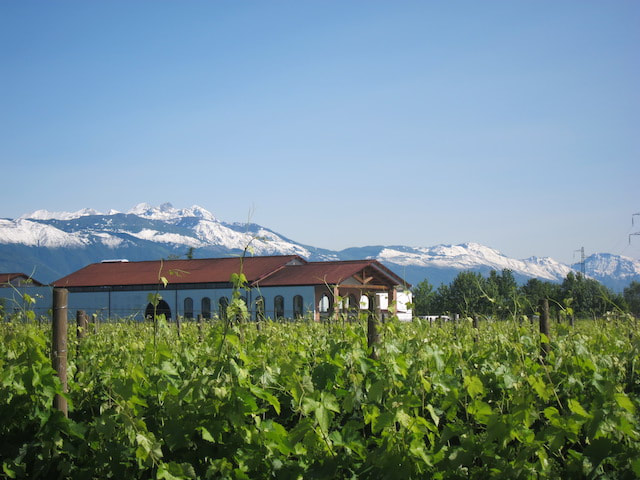

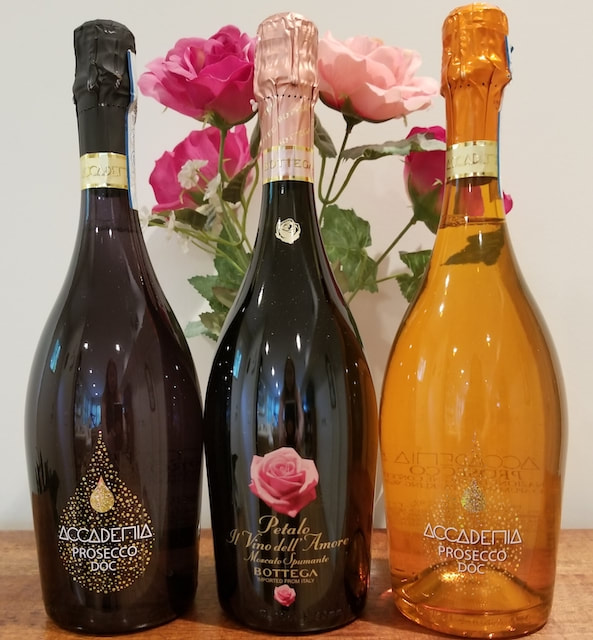
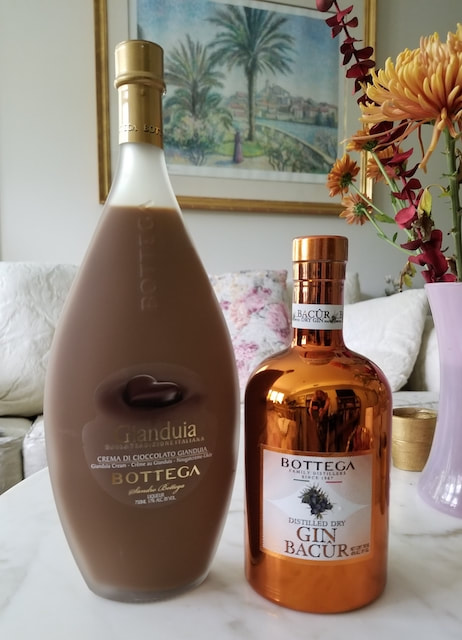
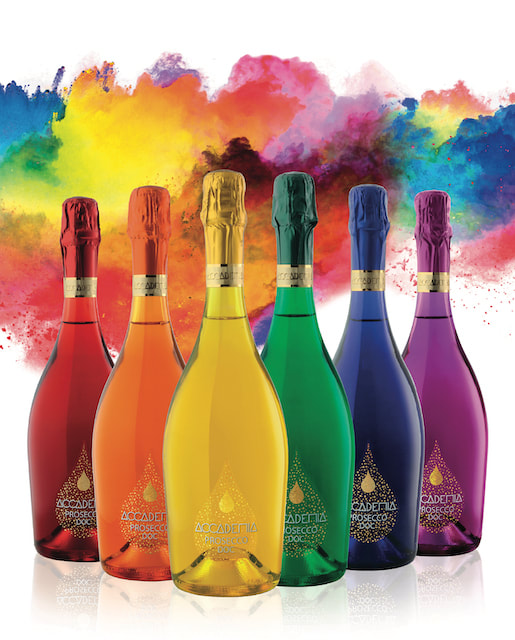
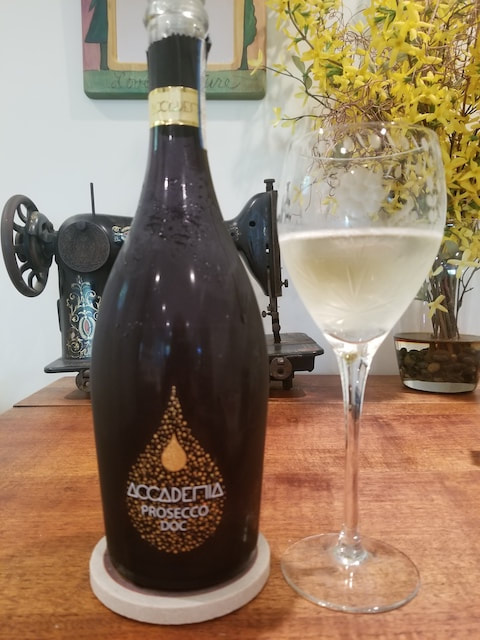
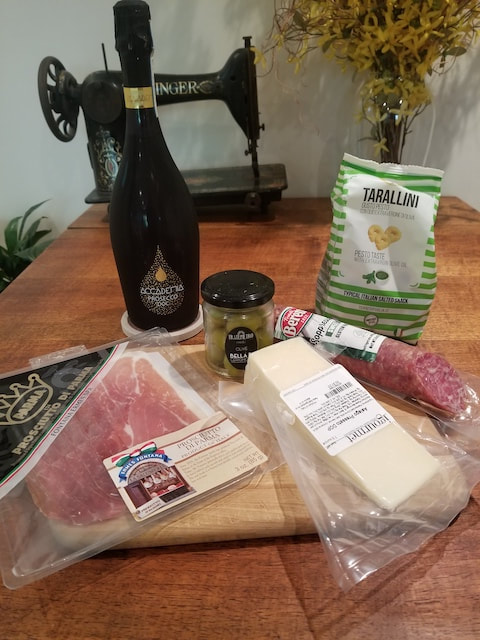
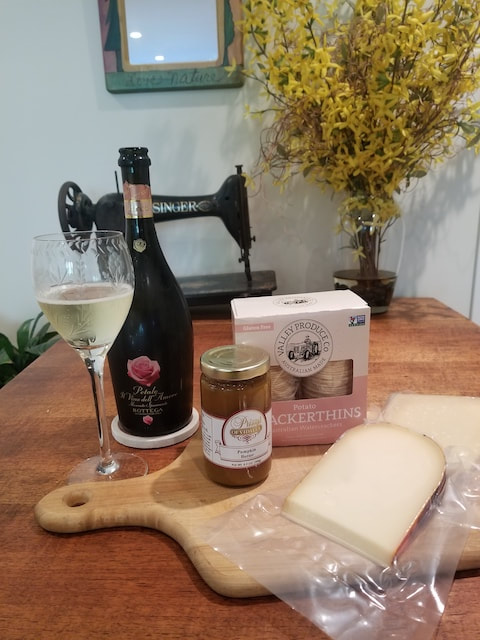
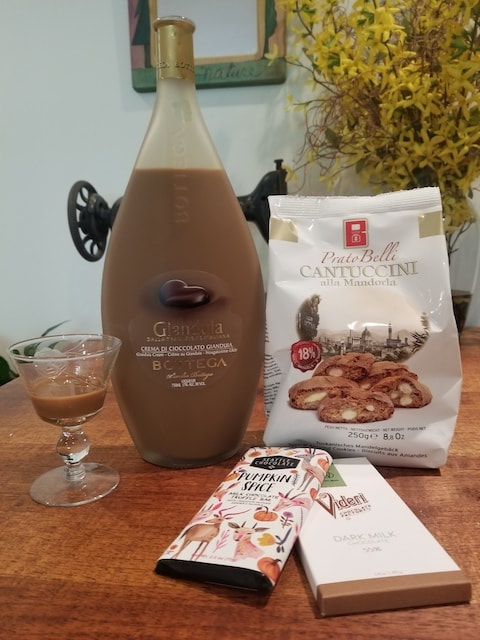
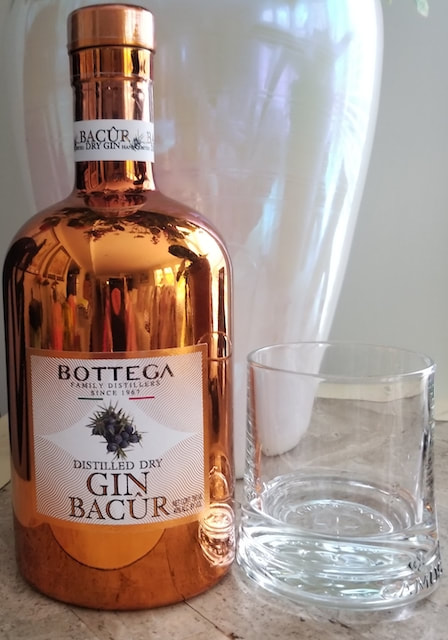
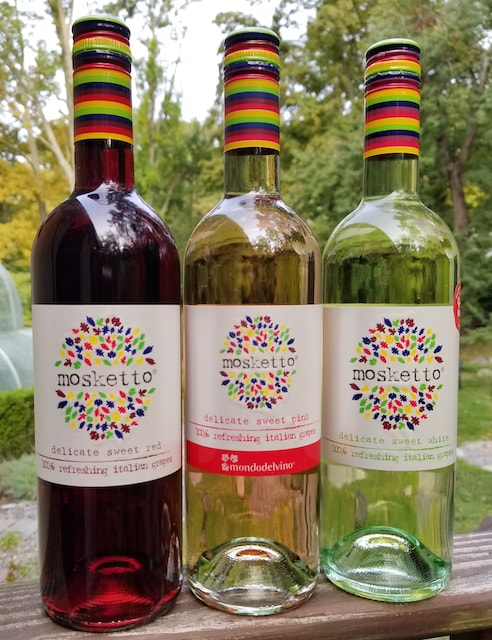
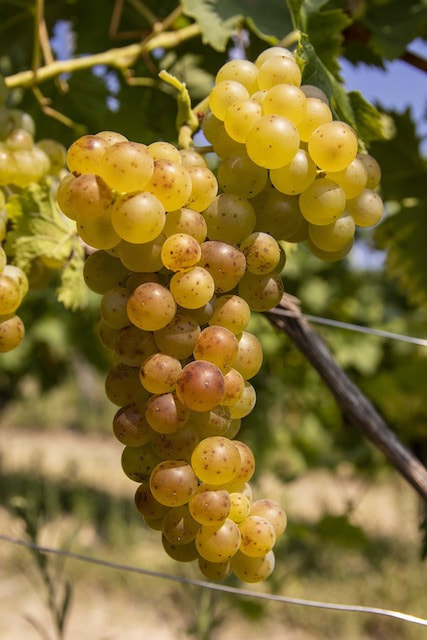
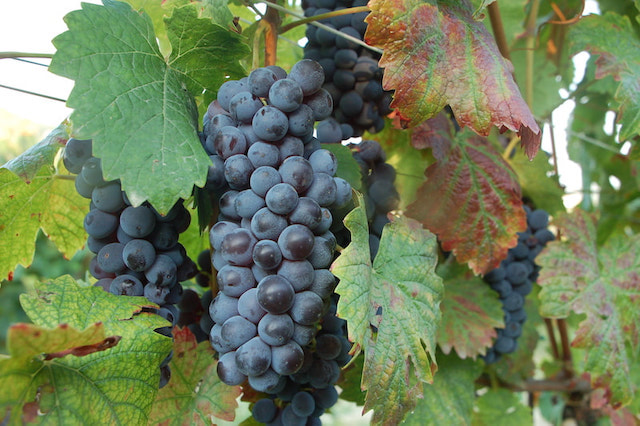
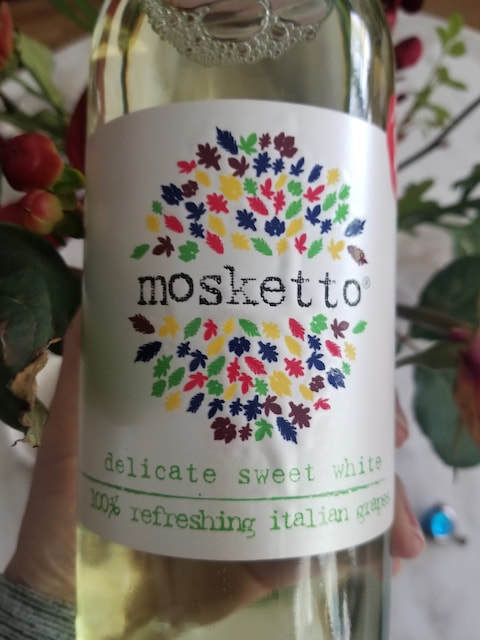
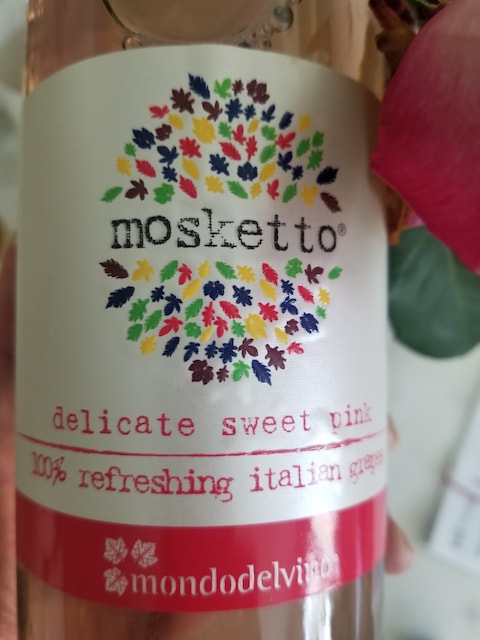
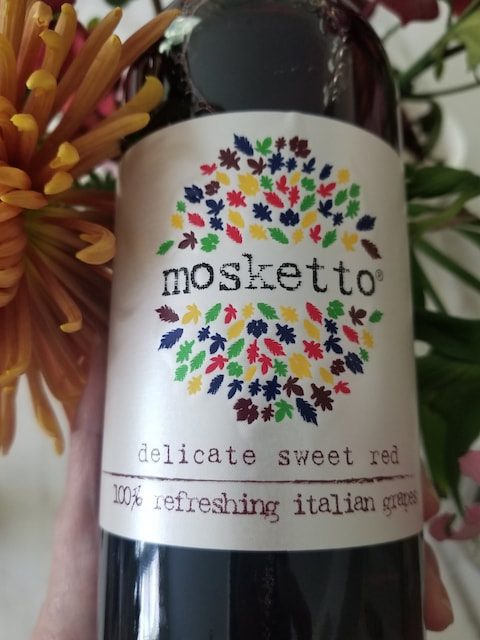
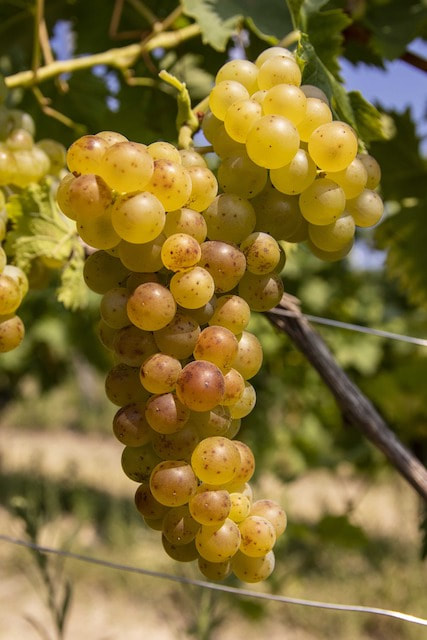
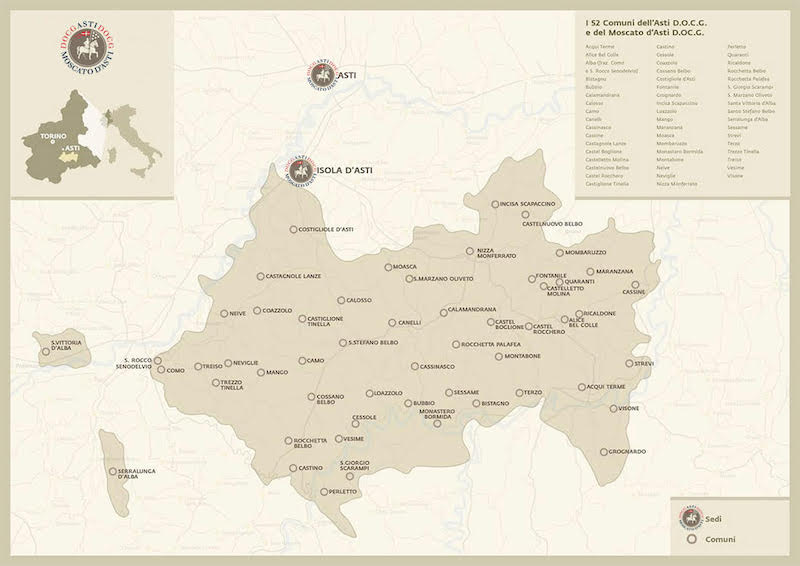
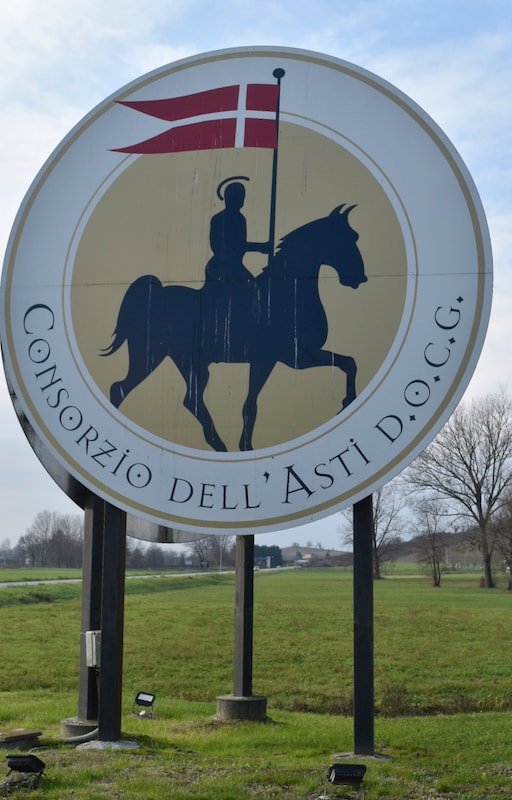
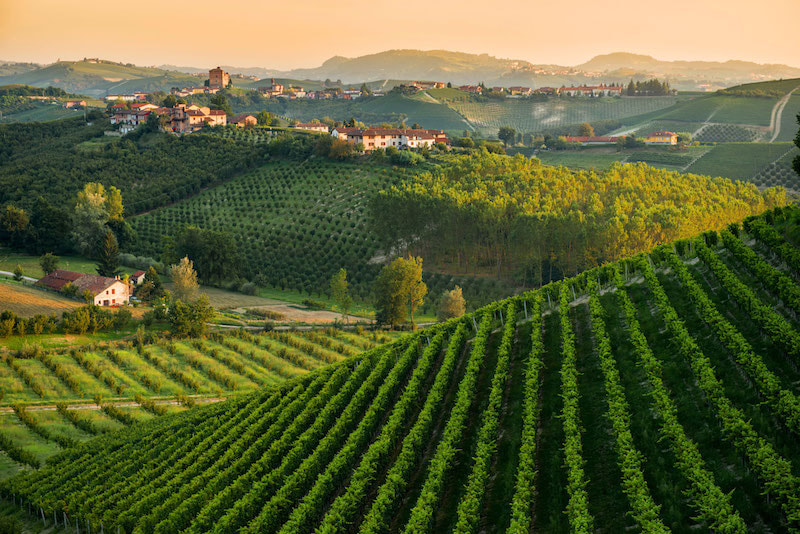
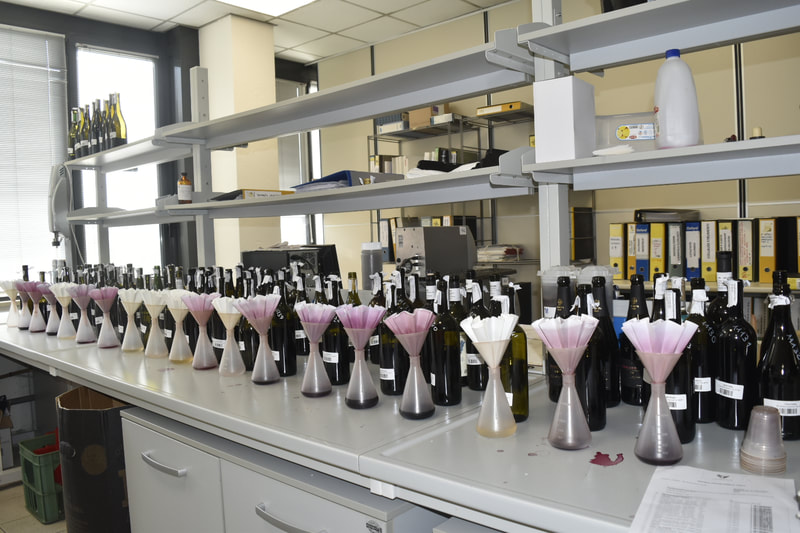
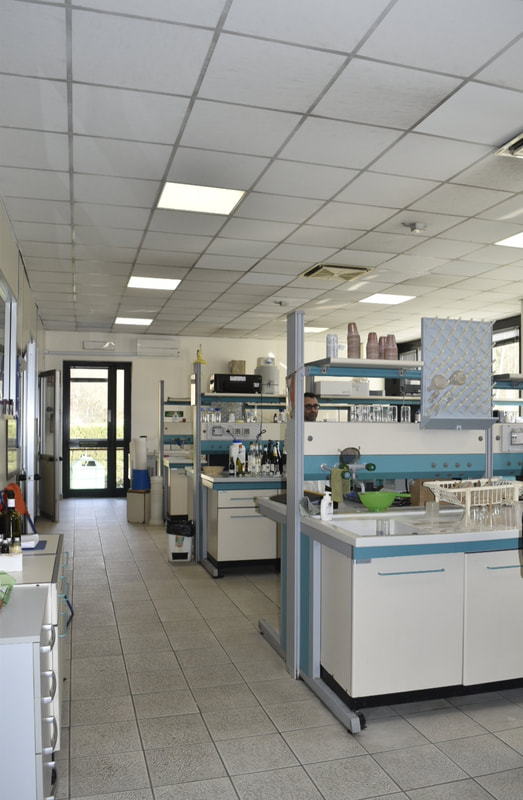
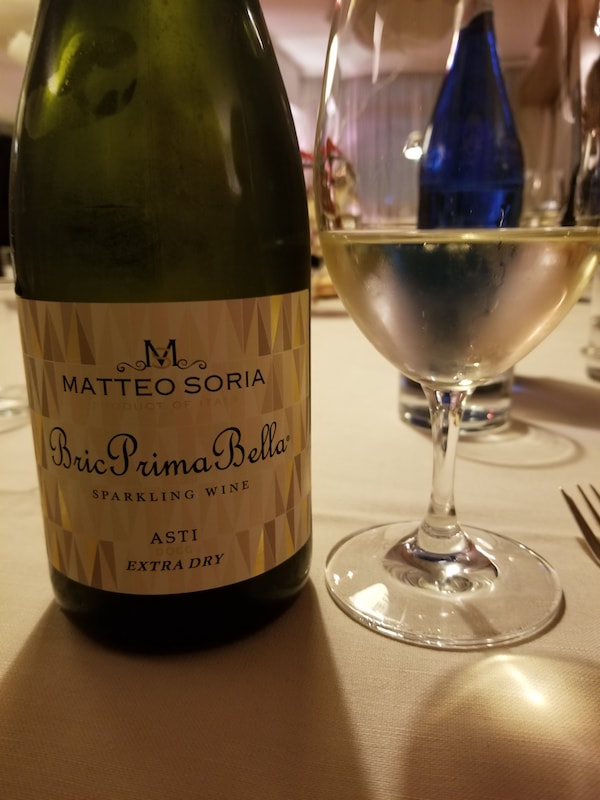

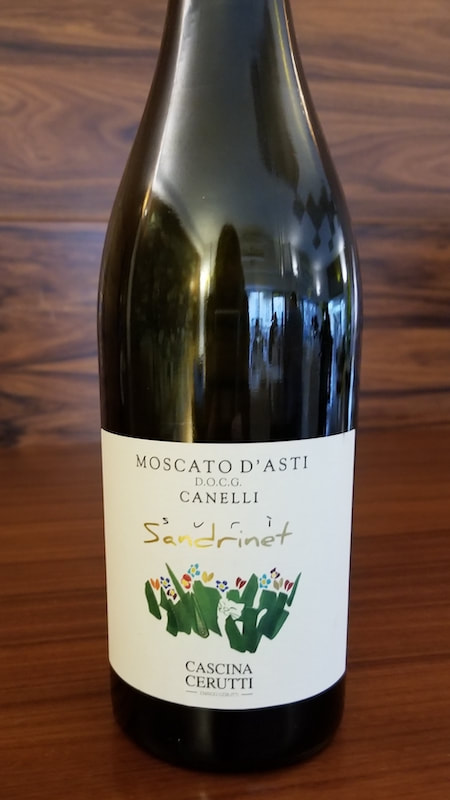
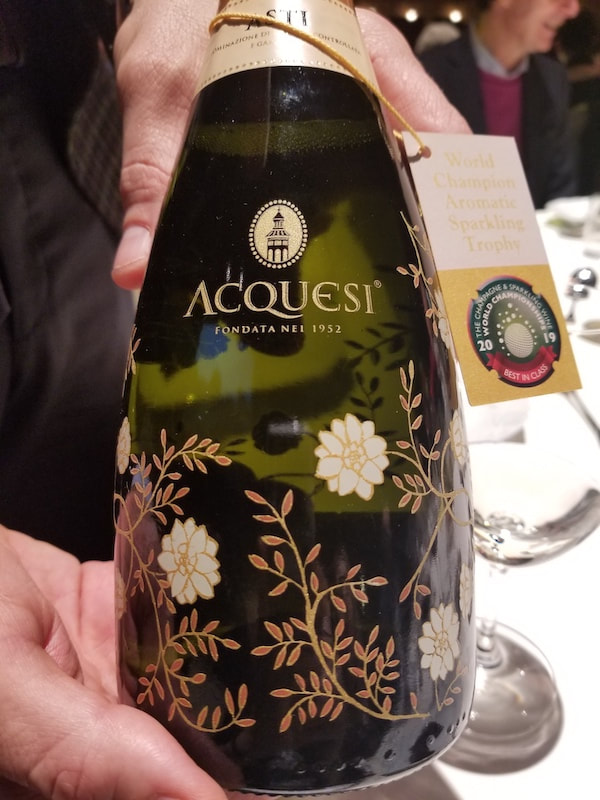
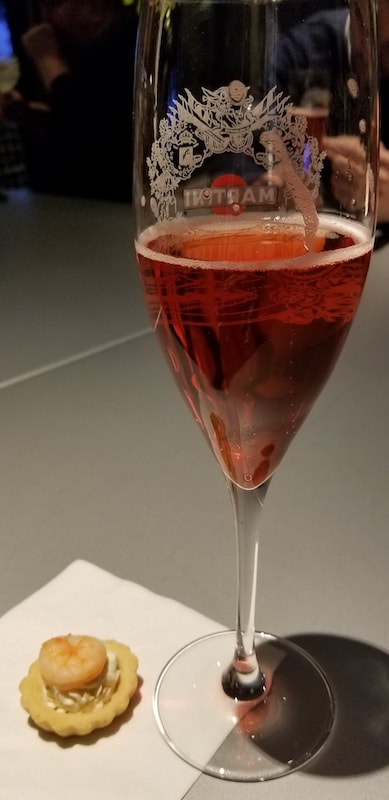
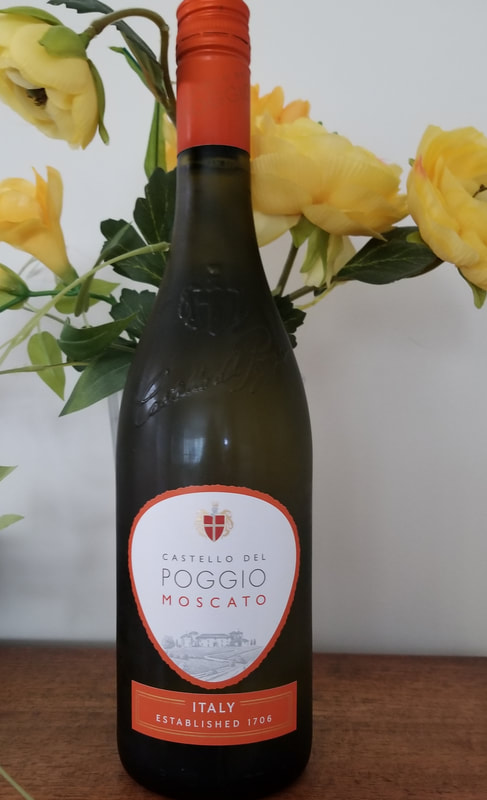
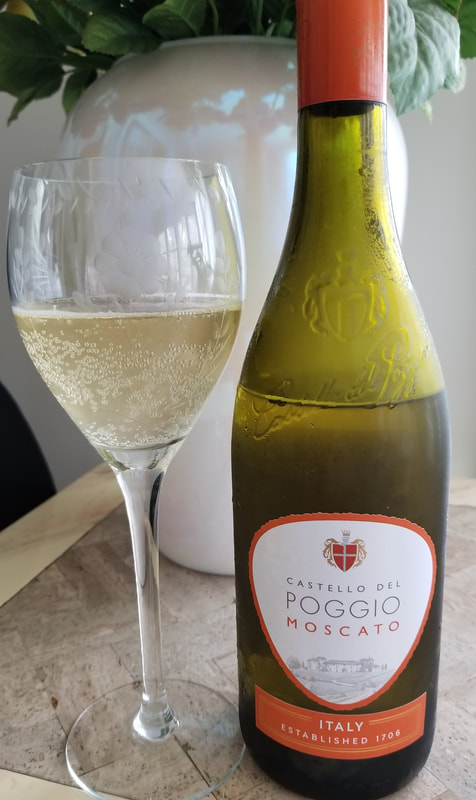
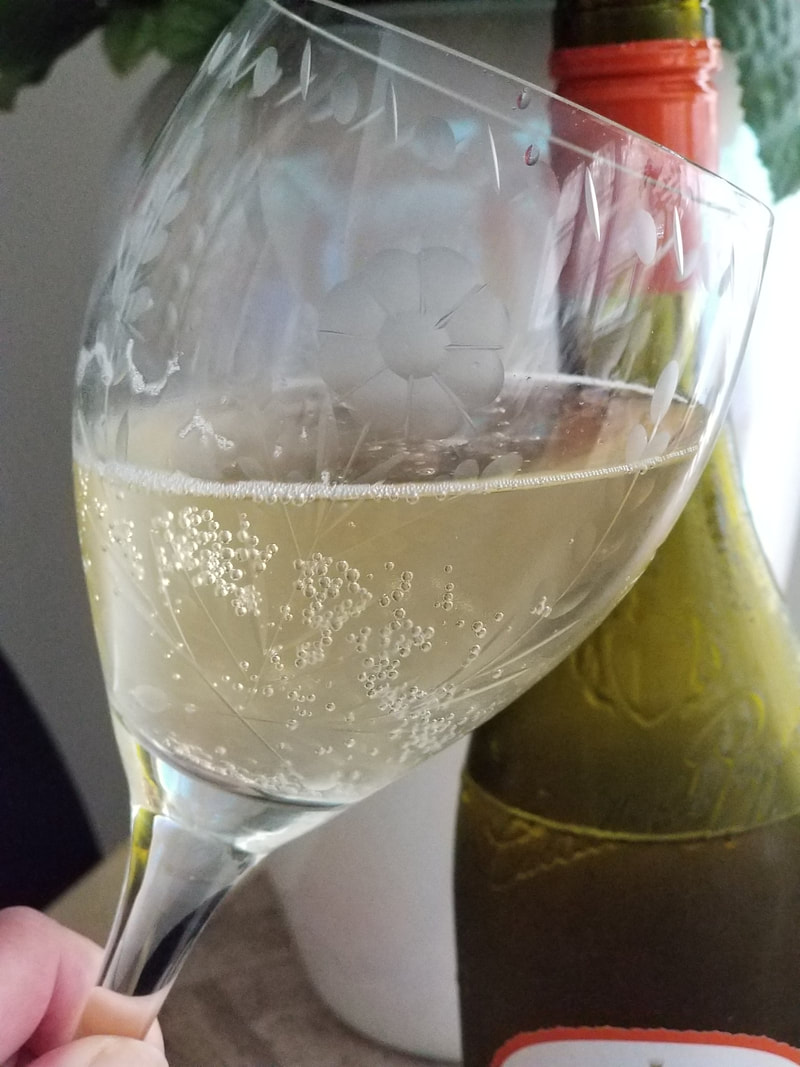
 RSS Feed
RSS Feed